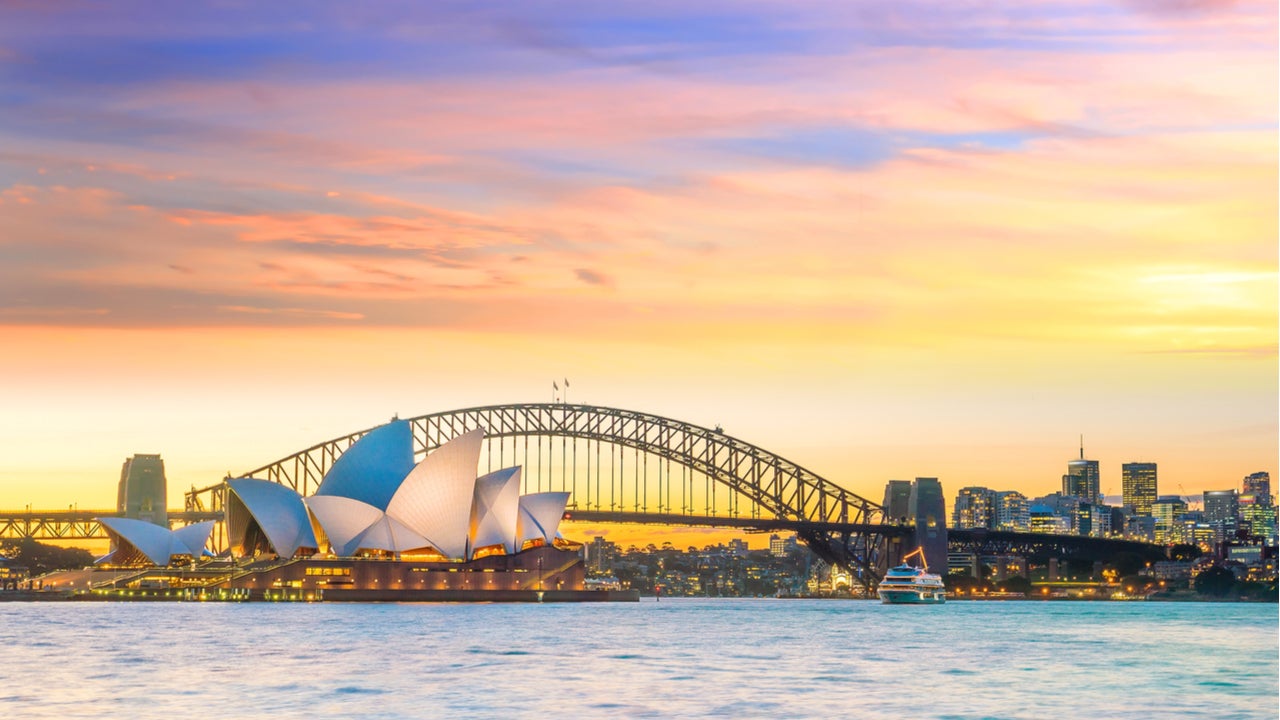
Economists believe that the global coronavirus pandemic and the related recession were not enough to destabilise house prices, at least in the short run. As evidence suggests, the cost of property in Australia is set to rise in the next three years.
Stephen Koukoulas
Stephen Koukoulas, an economist and research fellow at Per Capita, a progressive think tank, re-tweeted on the global pandemic and deep recession not being enough to weaken house prices in Australia, with the cost of property set to climb in 2021.
While some experts forecasted a 40-45% dip in house prices in the next three years starting from September 2018 when house merchants feared the collapse in house prices, the chances of a 35% price fall before the end of 2021 are also looking slim, with cost of property set to rise in the year ahead, Koukoulas highlighted.
The Australian Bureau of Statistics (ABS) further revealed that house prices in eight capital cities rose 0.8% in the third quarter of 2020 and was 4.5% higher than in 2019. Data also suggested that Sydney’s house prices rebounded 9.2% after the second quarter of 2019, while Melbourne prices were up 8.5% and the eight capital cities were up 7.0% respectively.
Although unofficial house price data for the fourth quarter of 2020 confirm rising prices across all cities, driven and supported by low interest rates, it is likely to be offset by the low demand linked to low immigration and increased supply from new construction activity, Koukoulas adds.
A global health pandemic and deep recession were not enough to undermine house prices in Australia, with the cost of property set to climb in 2021, says @TheKoukhttps://t.co/ba7USTw2b2
How well do you really know your competitors?
Access the most comprehensive Company Profiles on the market, powered by GlobalData. Save hours of research. Gain competitive edge.
 Company Profile – free sample
Company Profile – free sampleThank you!
Your download email will arrive shortly
Not ready to buy yet? Download a free sample
We are confident about the unique quality of our Company Profiles. However, we want you to make the most beneficial decision for your business, so we offer a free sample that you can download by submitting the below form
By GlobalData— Yahoo Finance Australia (@YahooFinanceAU) December 8, 2020
Dany Rodrik
Dany Rodrik, an economist at the Harvard Kennedy School, re-tweeted on how the US was losing good middle-class jobs due to automation, rise of the gig economy, deindustrialisation, and global competition much before the coronavirus hit. In his views, the new Biden administration needs to create skilled-specific jobs to revive the labour market and the economy that has currently been marred by the Covid-19 health crisis.
More than 20 million jobs have been lost in the US during the pandemic, with barely half having been regained, also indicative of how gravely the less educated and disadvantaged communities have been impacted by the job losses. Findings from a Pew Research Centre survey has further revealed that 58% of the upper- and middle-income adults have returned to their old jobs or got new ones, while just 43% of the lower-income adults have been able to do the same.
Ridrisk writes that in order to restore the health of the US labour market, which has been polarised for long, good jobs have to be created by addressing both the supply and demand sides of the problem. This implies that workers should be equipped with the skills and training required to do a specific job, while on the demand side, there should be enough productive firms to employ and engage these people.
The USA has haemorrhaged “good jobs” – due to automation, competition & the rise of the gig economy.
What’s the best way to boost “good jobs”?
Vote then read @rodrikdani’s latest https://t.co/exJfW2YJQW
— Alice Evans (@_alice_evans) December 8, 2020
Wonkmonk
Wonkmonk, an economic policy activist, shared an article on how governments can create a green, and job-rich global recovery with a debt-financed green investment plan combined with carbon pricing that can help boost economic growth for years and create 12 million jobs until 2027. Addressed by economists Kristalina Georgieva and Rajiv J Shah, the article states how a strong, coordinated, green public investment can help tackle both crises – climate change and the Covid-19 crisis.
The efforts of all economies are targeting towards getting people back to work and in re-starting economic activities, the article noted. Leaders at the Paris Peace Forum and later at the G20 summit have advocated the need for a green, coordinated effort to jump-start recovery and reduce the impact of climate catastrophe.
Some of the largest economies have committed to over $12tn in fiscal spending to tackle the coronavirus crisis, the article noted. However, experts believe that the synchronisation of investments is important, suggesting that if countries acted alone, it would amount to two-thirds of more spending to achieve the same outcomes.
https://twitter.com/wonkmonk_/status/1336246906889121794





